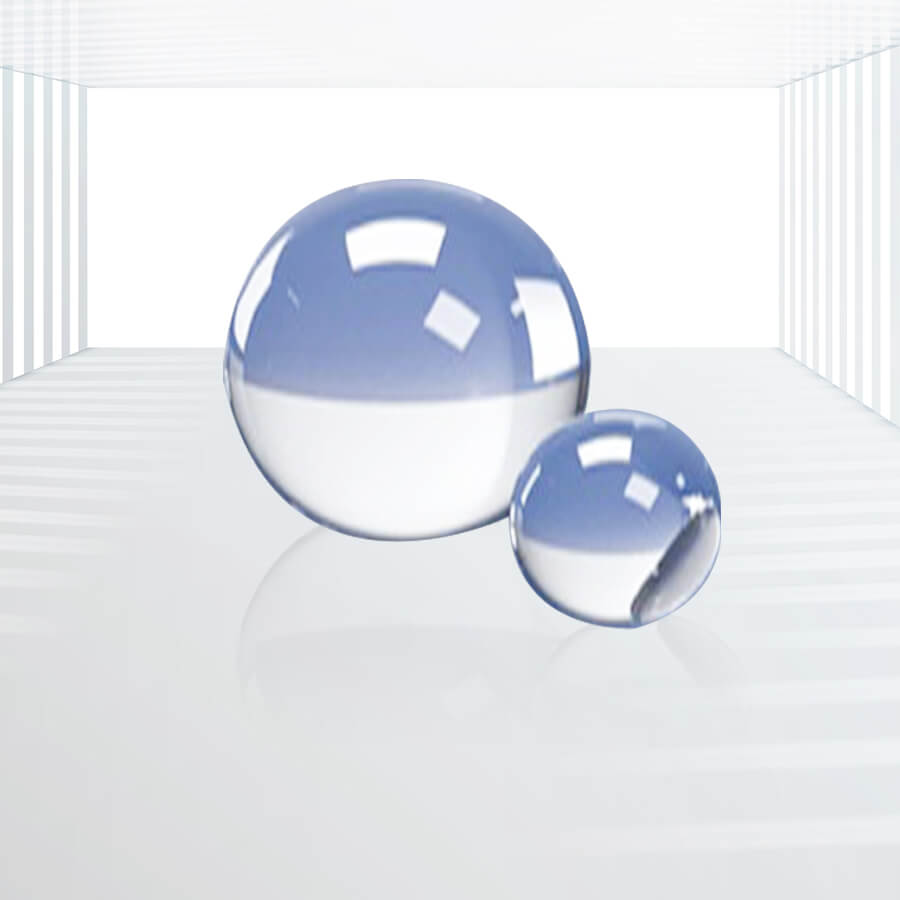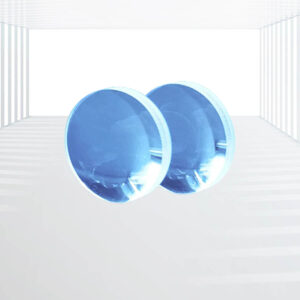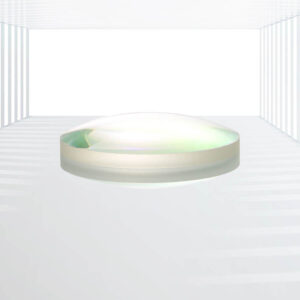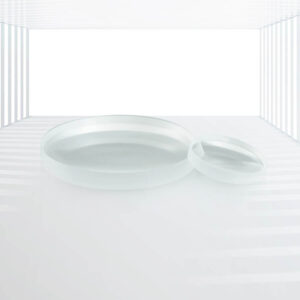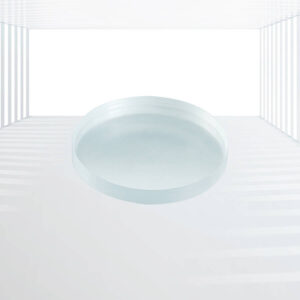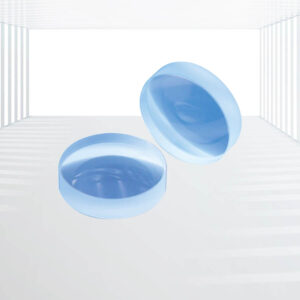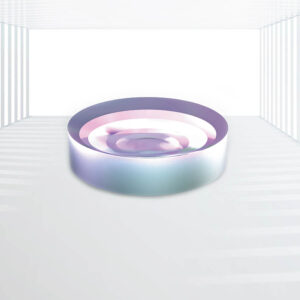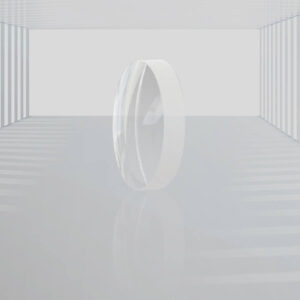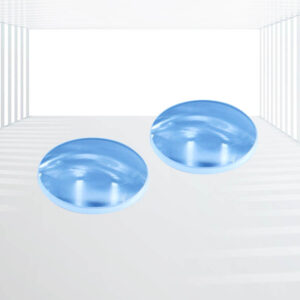Ball Lenses
High Precision and Low Spherical Aberration: Ball lenses are precisely processed to ensure high precision and low spherical aberration, providing clear, distortion-free image transmission.
Short Back Focal Length (BFL): Compared to other types of lenses, ball lenses have a shorter back focal length, which is particularly important for compact optical systems.
Rotational Symmetry: This characteristic simplifies the alignment and positioning process of the lens, enhancing the overall performance and reliability of the system.
Material Diversity: Ball lenses can be made from various materials, including optical glass, quartz, and others, to meet the demands of different applications.
Durability and Stability: High-quality materials and manufacturing processes ensure the durability and long-term stability of ball lenses.
Applications: Fiber Optic Communication, Sensor Technology, Medical Instruments, Scientific Research, Consumer Electronics, etc.
Ball Lenses, also known as spherical lenses, are crucial optical elements primarily made of materials such as optical glass. They possess rotational symmetry and are shaped like a sphere, meaning every surface of the lens is spherical. Ball lenses play a pivotal role in optical systems, particularly in applications like fiber coupling, laser collimation, and dense wavelength division multiplexers.
Specifications:
| Materials | Sapphire, N-BK7, UVFS, Ruby, Ge, ZnSe, High-Refractive-Index Glass |
| Lens Type | Ball Lens |
| Diameters | 0.3mm-300mm |
| Sphericity | Standard 2μm |
| Working Wavelength Range | UV to IR |
| Irregularity (@663nm) | λ/4 |
| Surface Quality | 40/20 S/D |
| Coating | None or Custom AR Coatings |
Features:
- High Precision and Low Spherical Aberration: Ball lenses are precisely processed to ensure high precision and low spherical aberration, providing clear, distortion-free image transmission.
- Short Back Focal Length (BFL): Compared to other types of lenses, ball lenses have a shorter back focal length, which is particularly important for compact optical systems.
- Rotational Symmetry: This characteristic simplifies the alignment and positioning process of the lens, enhancing the overall performance and reliability of the system.
- Material Diversity: Ball lenses can be made from various materials, including optical glass, quartz, and others, to meet the demands of different applications.
- Durability and Stability: High-quality materials and manufacturing processes ensure the durability and long-term stability of ball lenses.
Applications:
- Fiber Optic Communication: Ball lenses play a critical role in fiber optic communication, facilitating coupling between lasers and optical fibers, as well as between optical fibers, thereby enhancing optical signal transmission efficiency.
- Sensor Technology: In various sensors, ball lenses serve as key components for receiving and converting optical signals, with wide applications in industrial automation, environmental monitoring, and other fields.
- Medical Instruments: In medical lasers, endoscopes, and other equipment, ball lenses are used for optical path coupling and collimation, ensuring the accuracy of surgeries and diagnoses.
- Scientific Research: In scientific research fields such as physics, chemistry, and biology, ball lenses are employed in precise measurements, spectral analysis, and other experimental studies.
- Consumer Electronics: Ball lenses also play a significant role in consumer electronic products such as barcode scanners and laser printers.
Kingwin Optics’ spherical lenses are crafted from high-purity, low-absorption optical glass materials, ensuring exceptional optical performance. Leveraging advanced processing technologies and precise testing equipment, we guarantee that the dimensional accuracy and surface quality of each lens reach industry-leading standards. We offer comprehensive customization services, designing and manufacturing spherical lenses with specific specifications according to customer needs, fulfilling personalized requirements.


